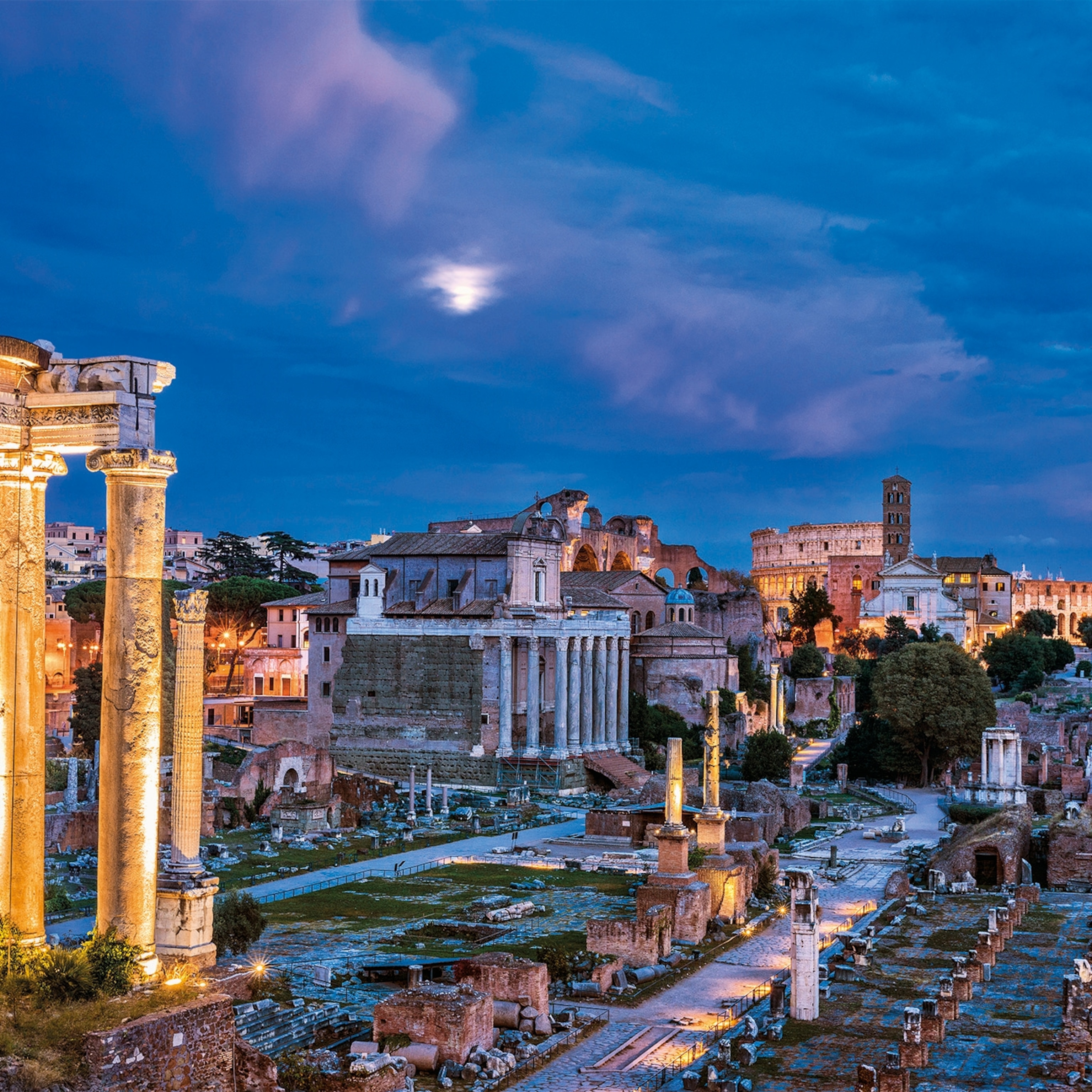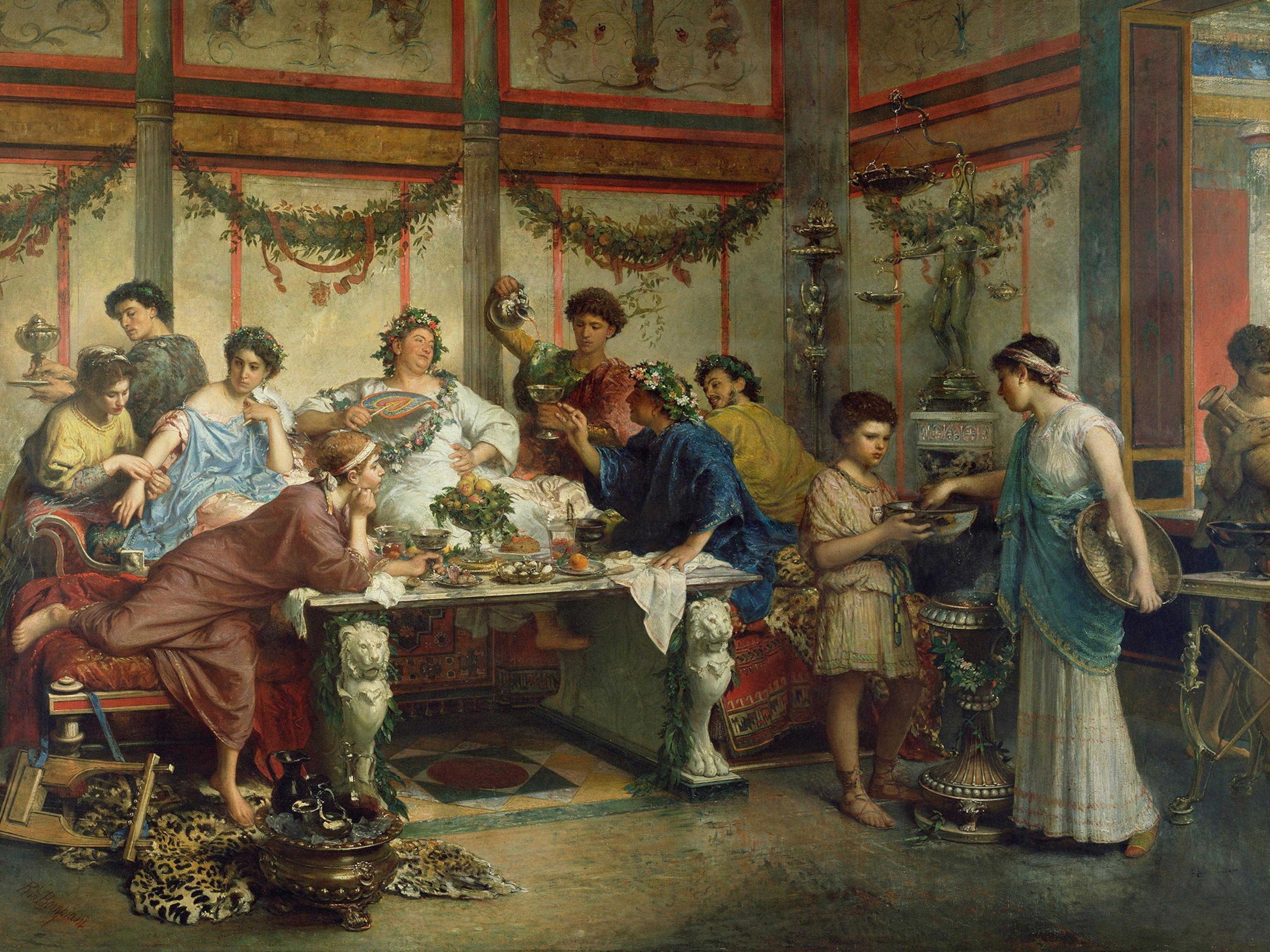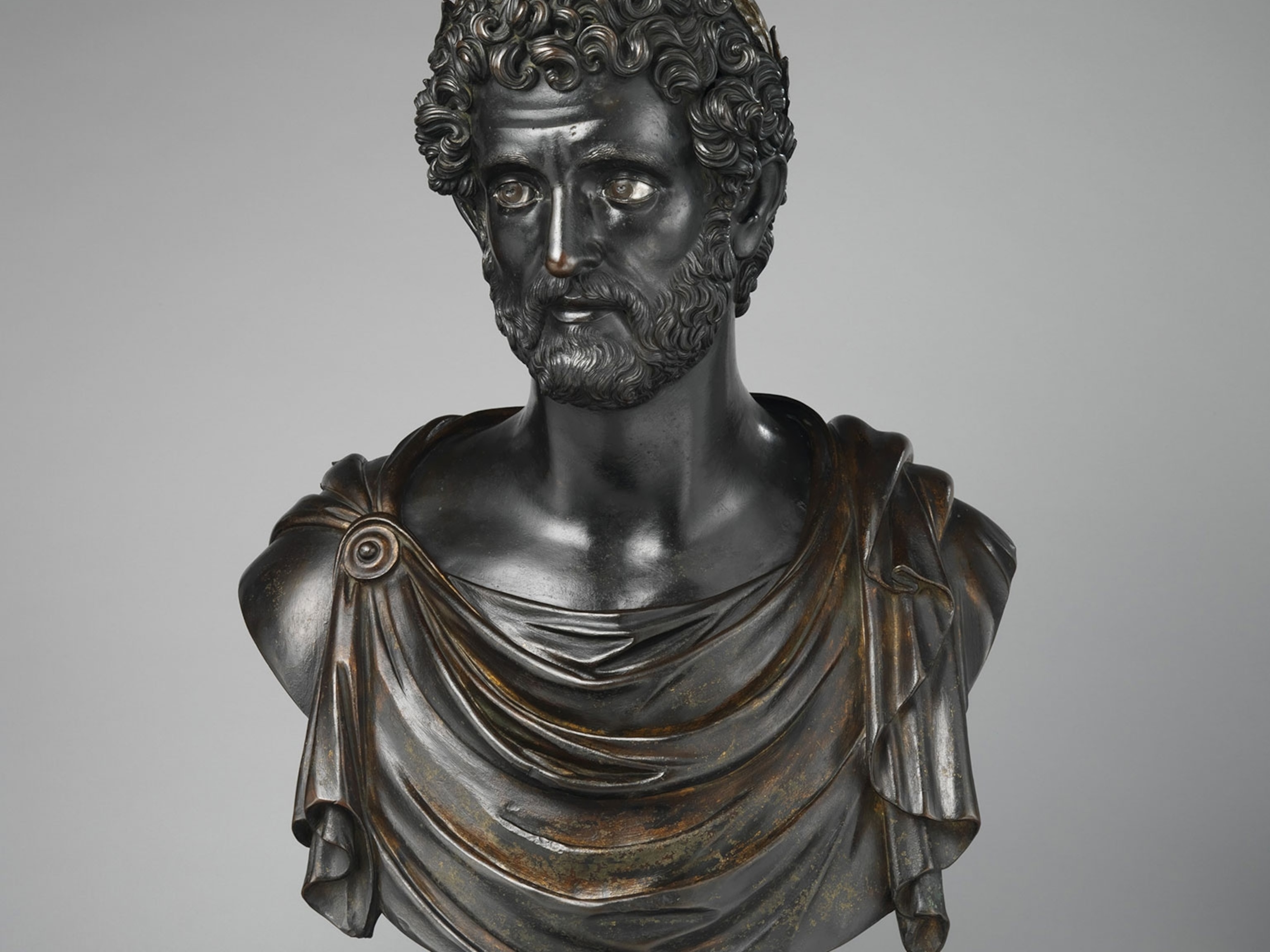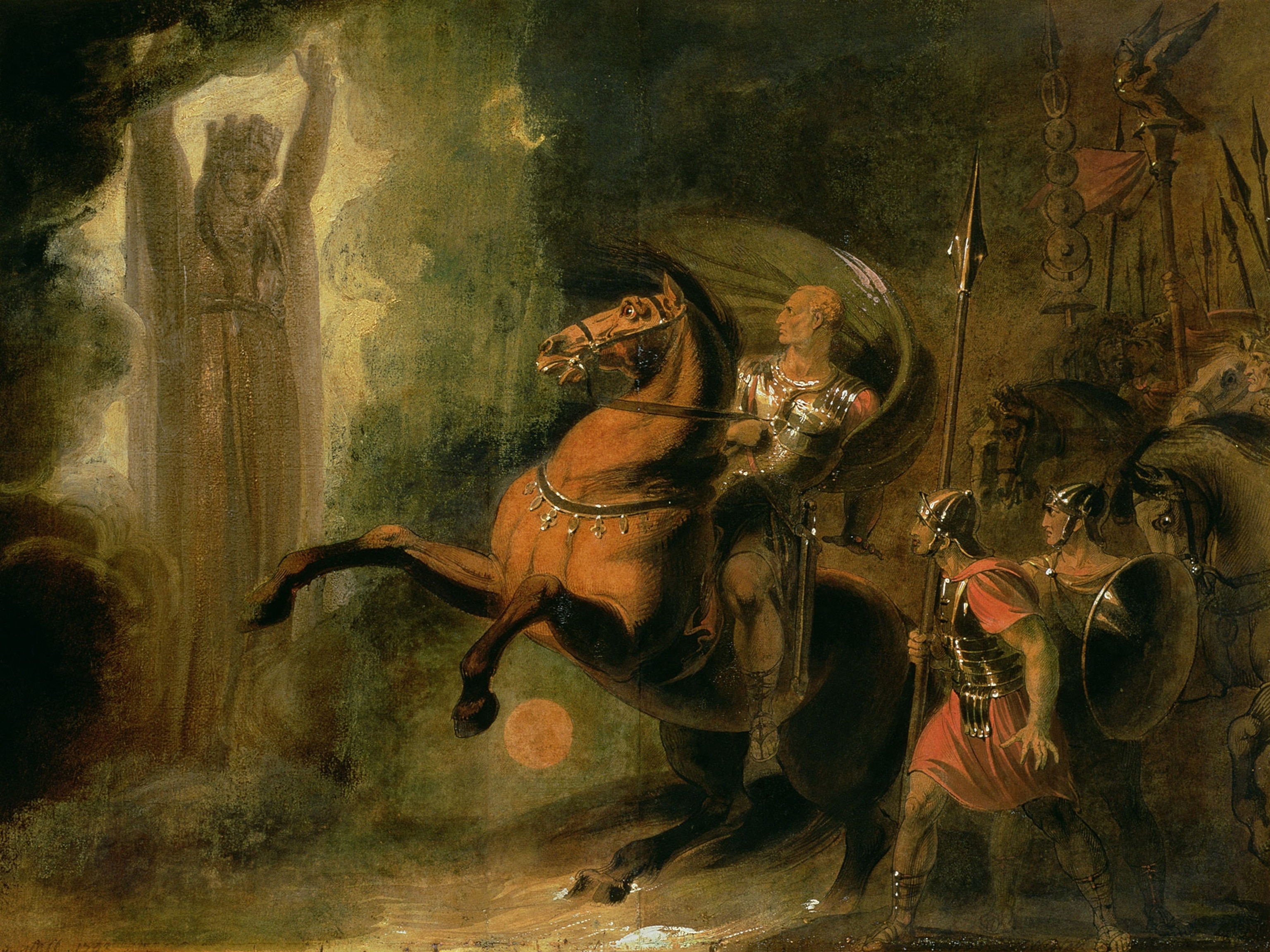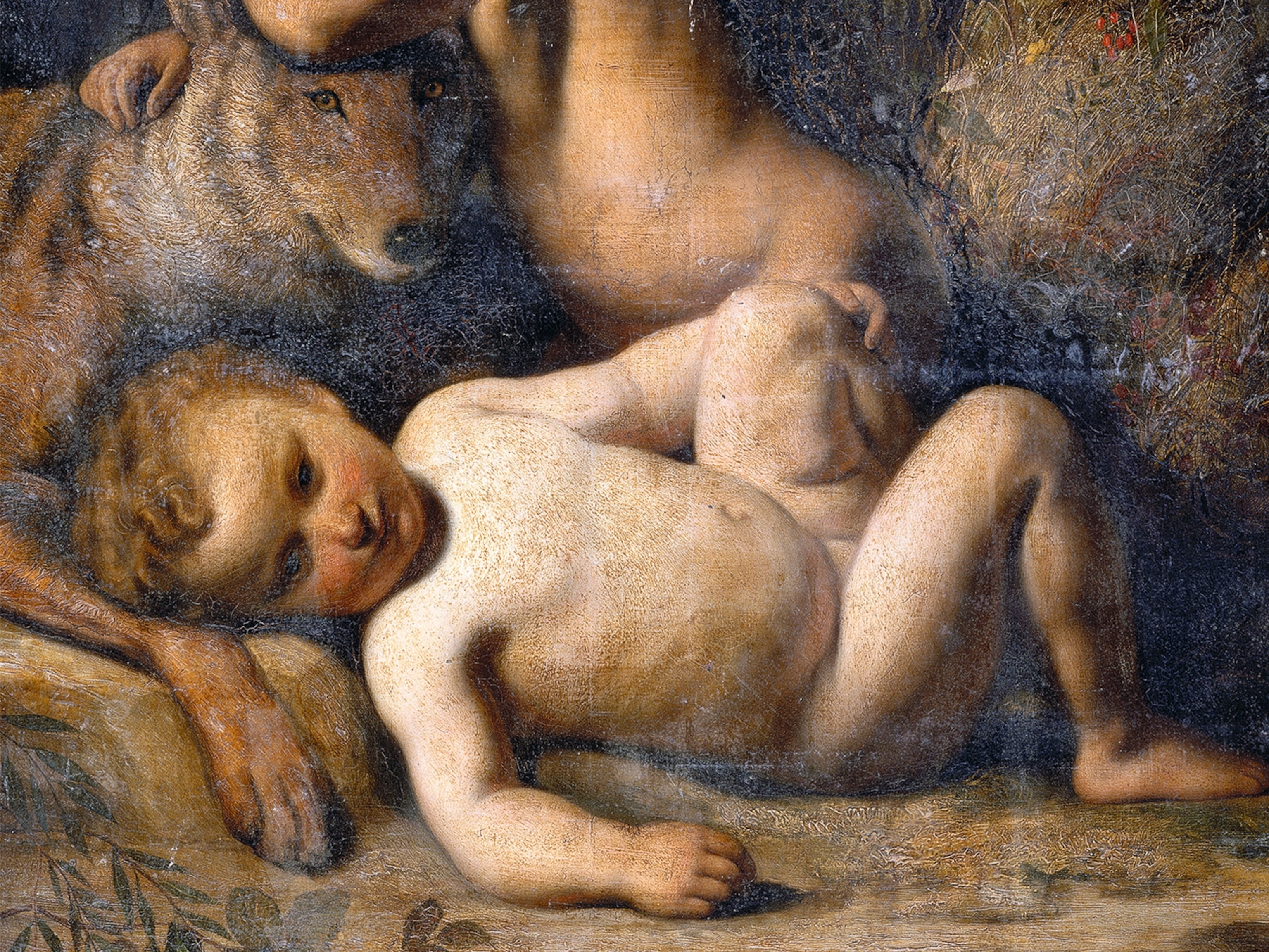
Umberto Pizzi’s Rome: High Society, Paparazzi Style
Sitting in on a preview of the National Geographic magazine about the notorious Roman emperor Nero back in February 2014, a series of paparazzi-style photographs by Alex Majoli of the Roman glitterati caught my attention. They were so different from what we normally see in the pages of the magazine. “It would be a lot of fun to do something about this in Proof,” I thought to myself.
Alice Gabriner, the photo editor of the story, suggested I interview Umberto Pizzi, a legendary Italian ‘paparazzo’ now in his late 70s, whose work documenting the Italian elite for the online tabloid Dagospia has resulted in two books, Ultra Cafonal, and its predecessor, Cafonal. The title, roughly translated, means the nouveau riche: people who like to show off their wealth in an over-the-top and tasteless way. The photographs were outrageous, grotesque, and deeply amusing. I was intrigued by the unabashed displays of decadence, and the seemingly complicit relationship with the photographer on the other side of the lens, inviting judgment while at the same time thumbing their nose at it.
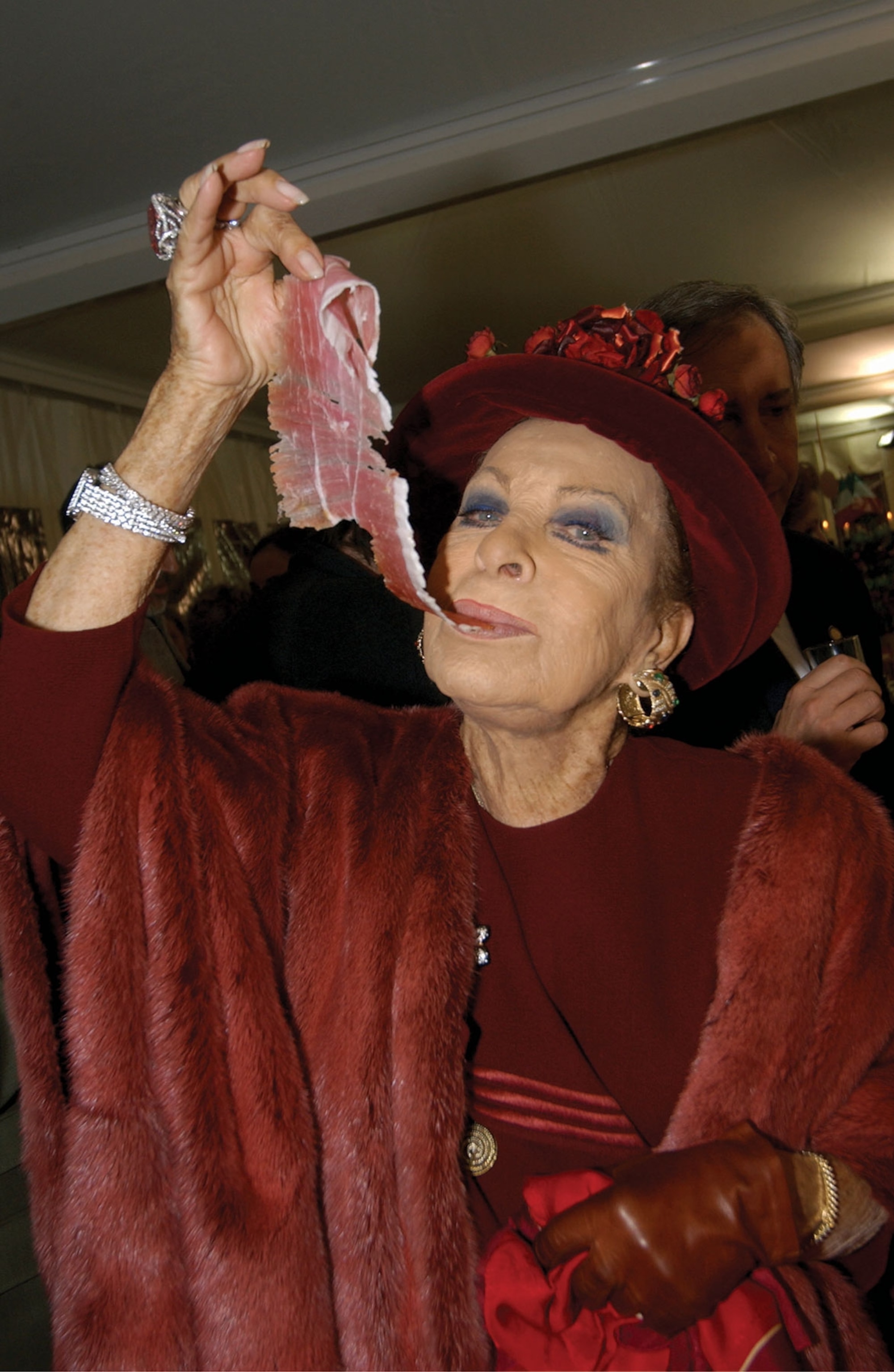
Fast-forward to June. I had a chance to meet Majoli while he was visiting our headquarters in D.C. We got to talking about photographing the Nero story. “I had to get access to these parties, they would never let me [in]. So I contacted Pizzi,” he said. They have a mutual friend, who had introduced them. They ended up photographing the same party together—the one that was published in the magazine.
I got in touch with Pizzi, and with the help of my Italian-speaking colleague, Anne Wernikoff, asked him a few questions about how he sees himself and his work.
ALEXA KEEFE: How did you get your start as a paparrazo?
UMBERTO PIZZI: I began working with UNICEF’s Freedom from Hunger Campaign in the Middle East at the beginning of the ‘60s. Once I returned from those backbreaking and unprofitable trips, the picture editor from FAO (the Food and Agriculture Organization) in Rome told me, “Umberto, you should spend some time watching the paparazzi photographers from Via Veneto, they know what they’re doing.” And so I did. For almost three months I observed them and came to understand that if I wanted to make a living, this was the way to do it. I wasn’t really interested in celebrities. I was really just interested in taking photos and telling people’s stories, regardless of their social status. Actually, the photos I took of the socialites were often more of a critique of their behavior than anything else.
I’ve never liked the word “paparazzi.” Apparently, Federico Fellini never liked news photographers because they always snapped him with other women, which made it obvious that his marriage to Giulietta Masina was rife with infidelities. Therefore, he invented that word which later became synonymous with aggressive photojournalists.

ALEXA: How would you describe your relationship to the celebrities you photograph? And what is their attitude towards you?
UMBERTO: My relationship with my subjects is very strange; it’s a love/hate relationship. When I encounter a celebrity (I mean anyone with economic, financial or political power) they make a point of coming over and greeting me. Liz Taylor used to call me “Izzi Bizzi” and was always very happy to see me, but once I reported a big and unflattering story about her and after that she never greeted me anymore.
On the other hand, one day a member of the Italian parliament, of whom I had frequently taken unflattering photos, saw me in the photographer’s area of parliament building and gave me a standing ovation along with 30 other members.

ALEXA: Who is your audience, and what are you wanting to show them?
UMBERTO: My audience is made up of people from all backgrounds, but mostly they are of middle to upper social status and are interested in current events around the world. I would say that people in power, in particular, are very interested in my photos and my books. Mario Draghi, president of the BCE (European Central Bank), is such a huge fan of my work that he sends copies of my book Cafonal as Christmas presents to his friends. Former Russian Ambassador to Italy Alexei Meshkov has told me that there are copies of my books in the Ambassador’s library in Rome and during his tenure he would have all new arriving officials look at them in order to better understand where they were and what was expected of them.

ALEXA: The flamboyance, decadence, and emphasis on physical beauty and youth, pleasures of the flesh—are characteristics that have existed in Roman society since Nero’s time, at least. Do you see yourself as a documentarian of modern Roman society?
UMBERTO: Yes, I sometimes see myself as a modern day Petronius. Roman parties were about continuous gorging, with Nero strumming on the kithara (an ancient instrument) and screaming crazy lyrics. It’s all the same; this is a society that hasn’t changed in over 2000 years. The only difference is the clothing. If you go to the soccer stadium and close your eyes, you’ll still feel as if you were in the Colosseum—the players are modern gladiators and the cheers replicate the cries for the lions to devour the men. This is effectively the decadence that remains in a population which created the Italian Renaissance.
ALEXA: Is there anything else you would like to add?
UMBERTO: I want to talk about that society, not about George Clooney’s love life. I couldn’t care less about that. Long live photography, queen of the visual arts!


